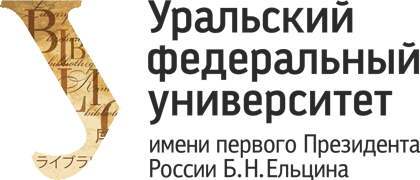Monstrosity as a Code of Eroticism, Violence, and Fear in Vitaly Volovich’s Women and Monsters Album
DOI:
https://doi.org/10.15826/qr.2019.2.387Keywords:
Vitaly Volovich; monster; monstrosity; man and woman; erotic relationship; nature and cultureAbstract
When interpreted from the position of contemporary culture, the ancient cultural image of the monster and the discourse of monstrosity acquire a new scale. In his album Women and Monsters, Vitaly Volovich, a Yekaterinburg graphic artist and painter, represents different aspects of the image of a monster and the discourse of monstrosity. This article characterises the origins, semantics, and functions of the image of the monster, the reasons for the active interest in the topic, and the peculiarities of modern monstrosity and its reflection in art. In Volovich’s album, the discourse of monstrosity is realised in the space of an erotic relationship between a man and a woman, which is interpreted as a monster. The analysis focuses on the vividly depicted drama of sexual relations, their wide subject-specific amplitude, the close unity of natural and cultural dimensions, sexual, spiritual, and psychological forces, and the contradictory role of the man in modern perception. The realisation of the man as a monster originates from the artist’s understanding of the contradictory unity of the natural and the cultural in eroticism, where the woman is depicted as a more spiritual and psychologically more elaborate character than the man, whose biological and carnal features come to the fore. The artist perceives the man (and himself) in terms of the values of spiritual culture, which are represented by the woman in eroticism, with her reconstructed opinion being the starting point in the author’s perception of the man’s monstrosity. The artist’s magnificent erotic saga includes a manifold history of erotic relationships, their typological (situational and content) diversity, and the act of male critical self-reflection.










